Amazing Companion Plants For Wild Geraniums
Amazing Companion Plants for Wild Geraniums
Wild geraniums are beautiful, hardy flowers that can add a touch of elegance to any garden. They are also relatively easy to care for, making them a great choice for beginner gardeners. However, wild geraniums can benefit from having some companion plants nearby. Companion planting is the practice of planting different types of plants together in order to create a mutually beneficial relationship. By planting the right companion plants with your wild geraniums, you can help to improve their health, deter pests, and attract pollinators.
Here are some of the best companion plants for wild geraniums:
- Bee balm: Bee balm is a nectar-rich plant that attracts bees, butterflies, and other pollinators. This can help to improve the pollination of your wild geraniums, resulting in more flowers and seeds. Bee balm also helps to deter pests such as aphids and mosquitoes.
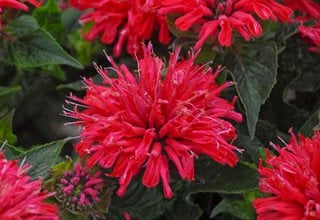
- Catnip: Catnip is another insect-attracting plant that can help to keep pests away from your wild geraniums. It is also a good choice for attracting beneficial insects such as ladybugs and lacewings, which can help to control pests naturally.
- Chives: Chives are a hardy herb that can help to deter pests such as slugs and snails. They also add a touch of color and interest to your garden. Chives can be planted in the same bed as your wild geraniums or in a nearby container.
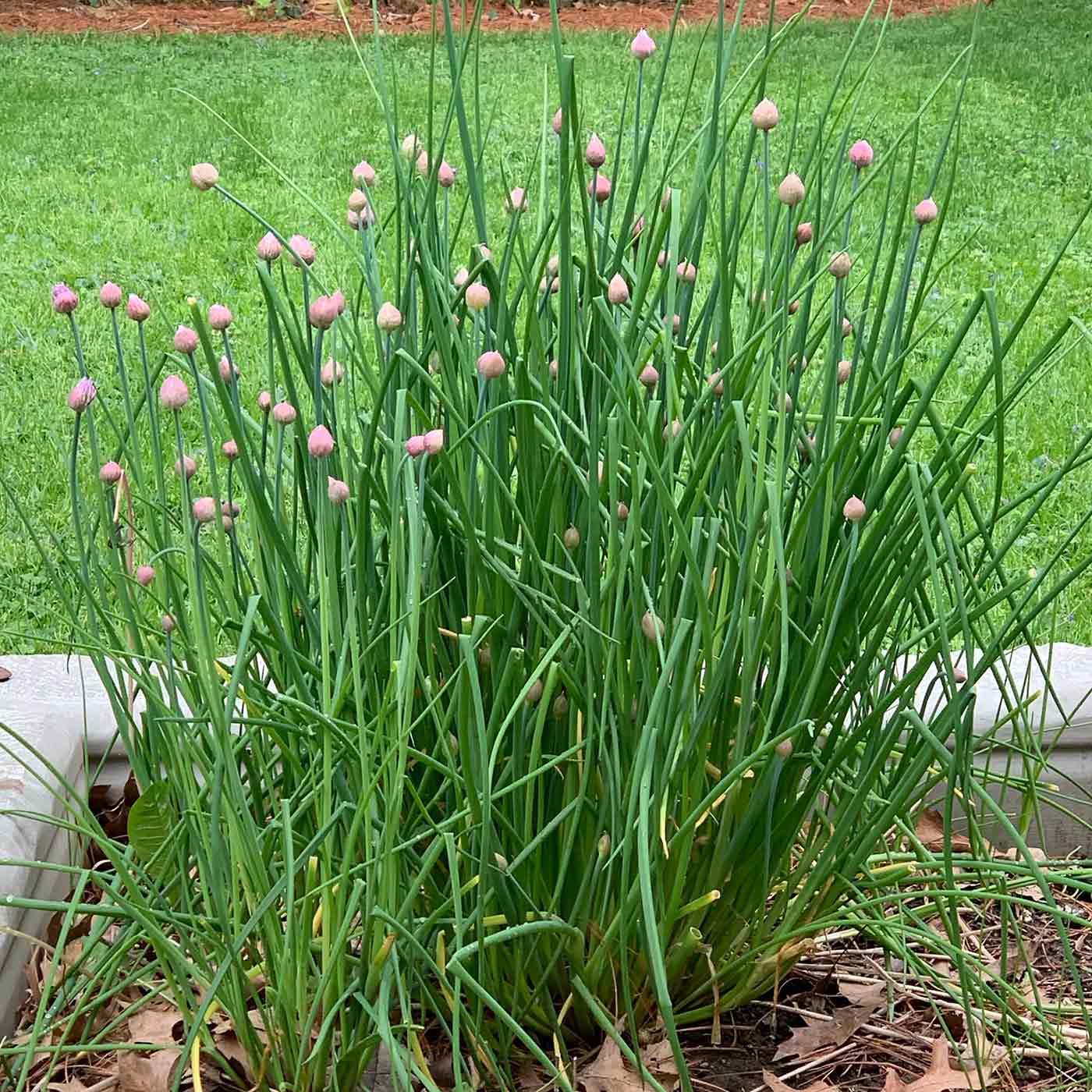
- Daylilies: Daylilies are a long-blooming perennial that can help to fill in the gaps in your garden. They also provide nectar for pollinators and help to shade the roots of your wild geraniums.
- Ferns: Ferns add a touch of elegance and texture to any garden. They also help to improve the drainage of the soil, which can benefit wild geraniums. Ferns can be planted in the same bed as your wild geraniums or in a nearby container.
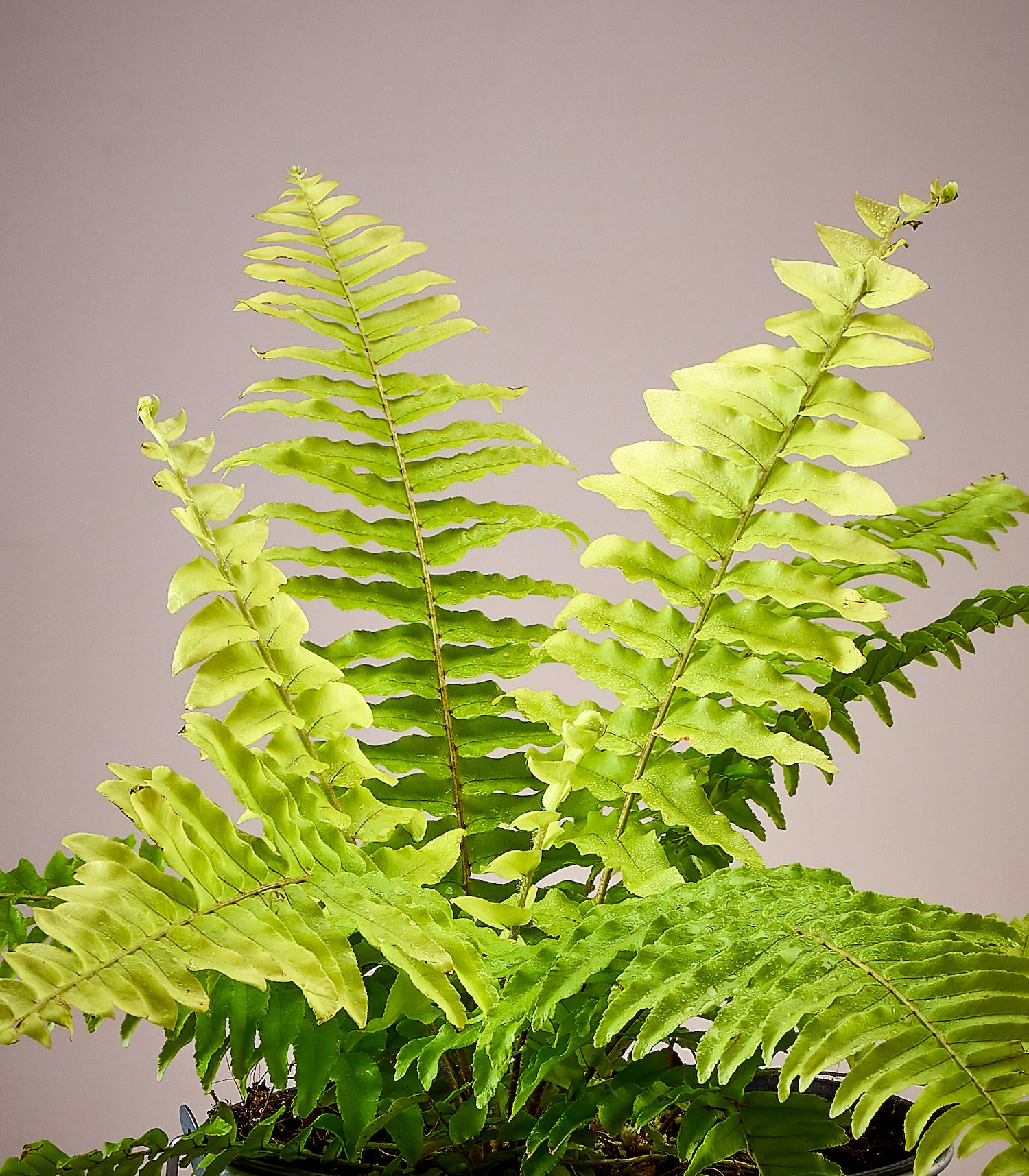
- Hostas: Hostas are shade-tolerant perennials that can help to provide your wild geraniums with some shade in the hot summer months. They also help to improve the soil quality and attract beneficial insects.

- Lavender: Lavender is a fragrant herb that can help to deter pests such as mosquitoes and moths. It also adds a touch of beauty and elegance to any garden. Lavender can be planted in the same bed as your wild geraniums or in a nearby container.
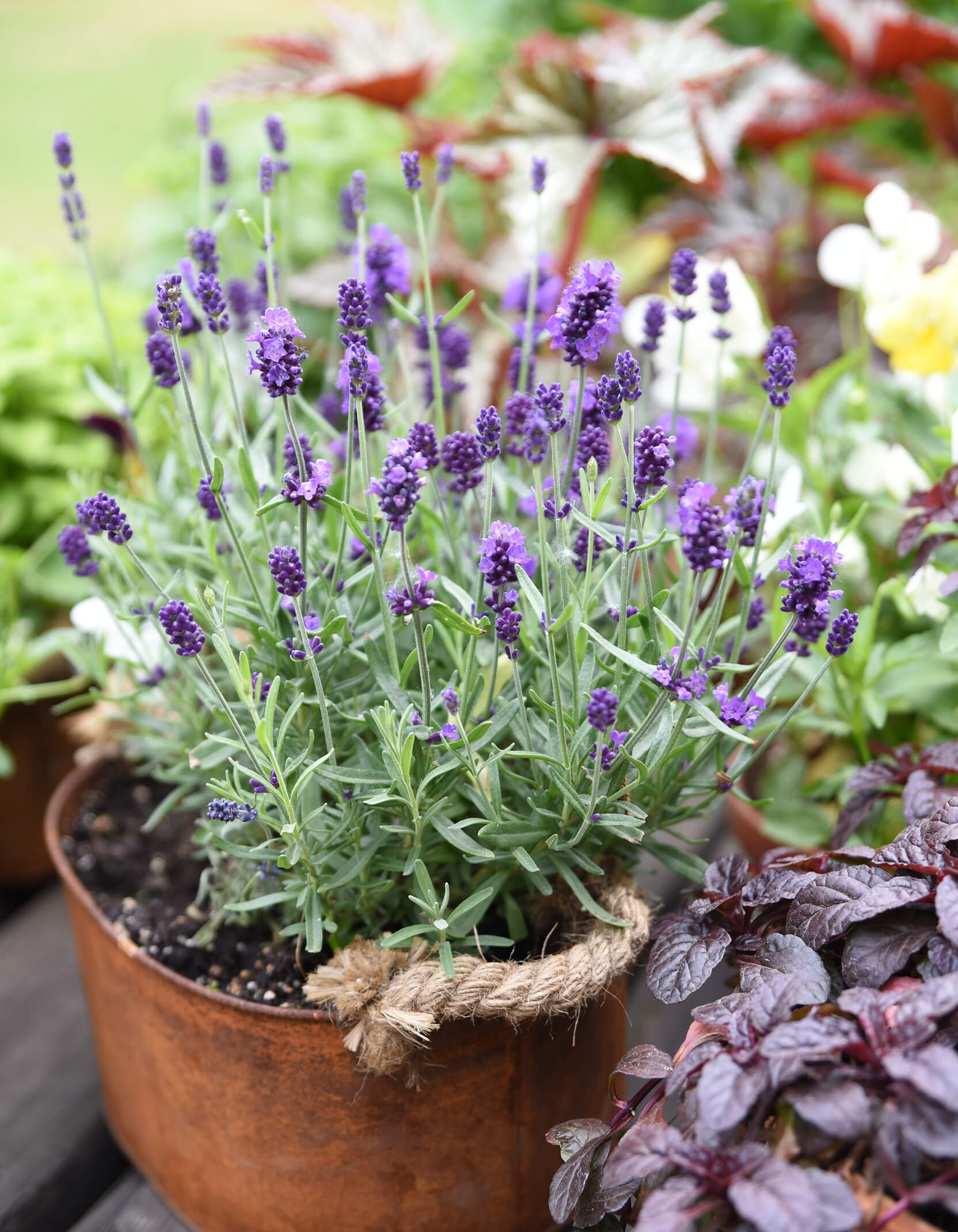
- Marigolds: Marigolds are another insect-attracting plant that can help to deter pests such as aphids and nematodes. They also help to improve the soil quality and attract beneficial insects. Marigolds can be planted in the same bed as your wild geraniums or in a nearby container.

- Nasturtiums: Nasturtiums are a colorful and edible flower that can help to deter pests such as aphids and whiteflies. They also help to improve the soil quality and attract beneficial insects. Nasturtiums can be planted in the same bed as your wild geraniums or in a nearby container.

- Pansies: Pansies are a hardy and colorful flower that can bloom in the spring and fall. They also help to attract pollinators and deter pests such as aphids and slugs. Pansies can be planted in the same bed as your wild geraniums or in a nearby container.
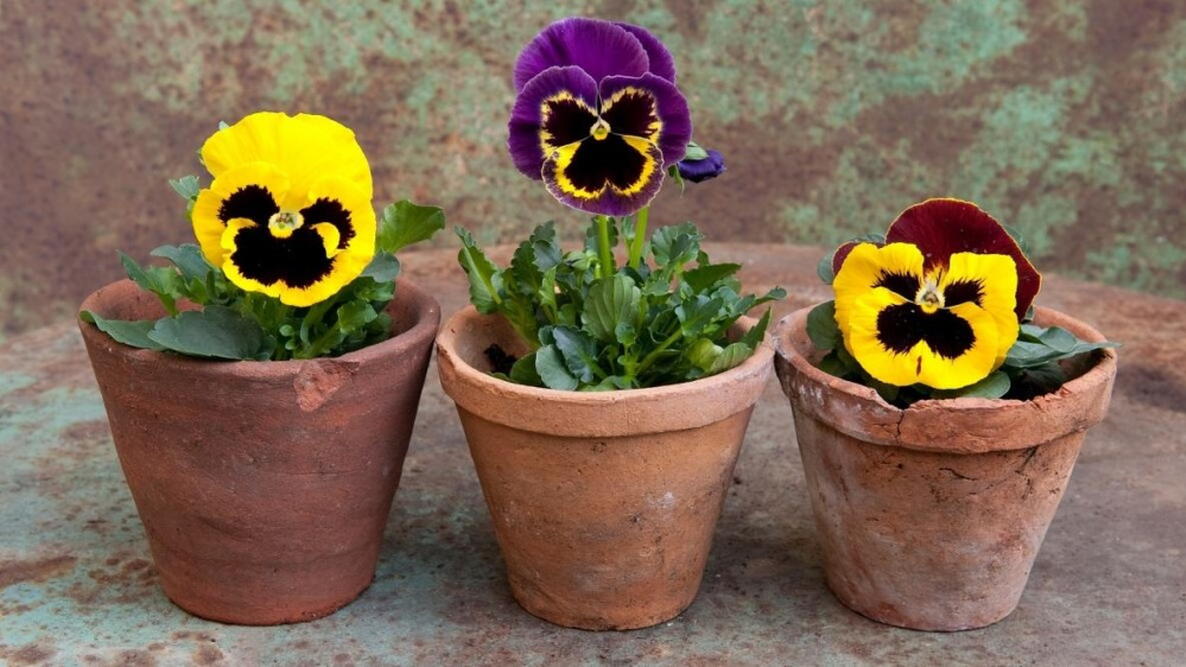
- Sunflowers: Sunflowers are a tall and showy flower that can add a touch of drama to your garden. They also help to attract pollinators and deter pests such as rabbits and deer. Sunflowers can be planted in the same bed as your wild geraniums or in a nearby container.
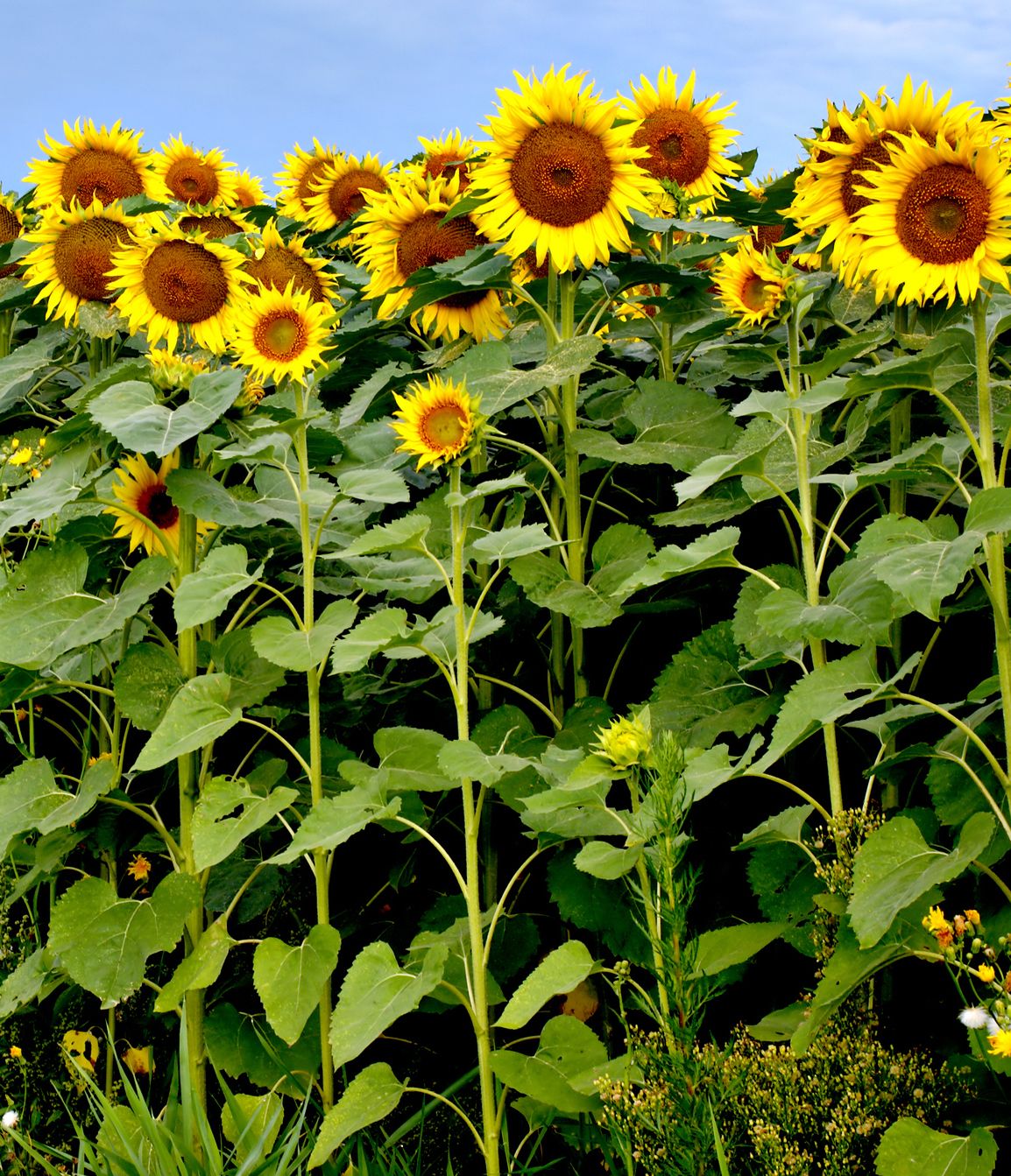
These are just a few of the many companion plants that can benefit wild geraniums. When choosing companion plants, it is important to consider the size, light requirements, and growth habit of each plant. You should also make sure that the companion plants you choose will not compete with your wild geraniums for water or nutrients.
With a little planning, you can create a beautiful and harmonious garden by planting wild geraniums with the right companion plants. Your wild geraniums will thank you for it!
Wild geranium (Geranium maculatum) is a beautiful and versatile perennial plant that can be found in woodlands and meadows throughout North America. It is known for its delicate pink or purple flowers and its attractive foliage. Wild geranium is relatively easy to care for and can thrive in a variety of conditions.
One of the best things about wild geranium is that it can be paired with a wide variety of other plants to create stunning garden combinations. Some good companion plants for wild geranium include:
- Ferns: Ferns add height and texture to a garden, and they can help to provide shade for the wild geranium.
- Woodland wildflowers: Other wildflowers that grow in similar conditions to wild geranium, such as trillium, columbine, and shooting star, can make great companions.
- Ornamental grasses: Ornamental grasses add movement and interest to a garden, and they can help to fill in spaces between other plants.
If you are looking for more information about wild geranium companion plants, I recommend visiting the Gardenia Inspiration. This website has a wealth of information on wild geranium, including a list of recommended companion plants.
FAQ of wild geranium companion plants
- What are good companion plants for wild geraniums?
Wild geraniums are relatively low-maintenance plants that can tolerate a variety of conditions. They are often used as groundcovers or border plants, and they can be paired with a wide range of other plants. Some good companion plants for wild geraniums include:
* Other shade-tolerant plants, such as ferns, hostas, and astilbe.
* Plants that attract pollinators, such as bee balm, butterfly weed, and echinacea.
* Plants that have similar water and soil requirements, such as daylilies, iris, and lilies.
- How do I plant wild geraniums with other plants?
When planting wild geraniums with other plants, it is important to consider the size and growth habit of each plant. Wild geraniums are relatively small plants, so they should be planted with other plants that have similar size requirements. It is also important to consider the sun and shade requirements of each plant. Wild geraniums can tolerate a variety of conditions, but they prefer partial shade.
- How far apart should I plant wild geraniums?
The spacing of wild geraniums will depend on the size of the plant. In general, wild geraniums should be spaced 12-18 inches apart. If you are planting wild geraniums in a border, you may want to space them closer together to create a more dense planting.
- How do I care for wild geraniums?
Wild geraniums are relatively low-maintenance plants. They need well-drained soil and regular water, especially during the first year of growth. Wild geraniums are not heavy feeders, so you only need to fertilize them lightly once a year.
- What are the benefits of planting wild geraniums?
Wild geraniums are beautiful and versatile plants that can add a touch of elegance to any garden. They are also beneficial to pollinators, and they can help to attract beneficial insects to your garden. Wild geraniums are also relatively easy to care for, making them a good choice for beginner gardeners.
Image of wild geranium companion plants
- Ajuga. Ajuga is a low-growing groundcover that can help to fill in the spaces between wild geraniums. It has attractive blue or purple flowers and evergreen foliage.

- Hosta. Hostas are shade-loving plants that can provide a backdrop for the bright flowers of wild geraniums. They come in a variety of colors, including green, blue, and yellow.
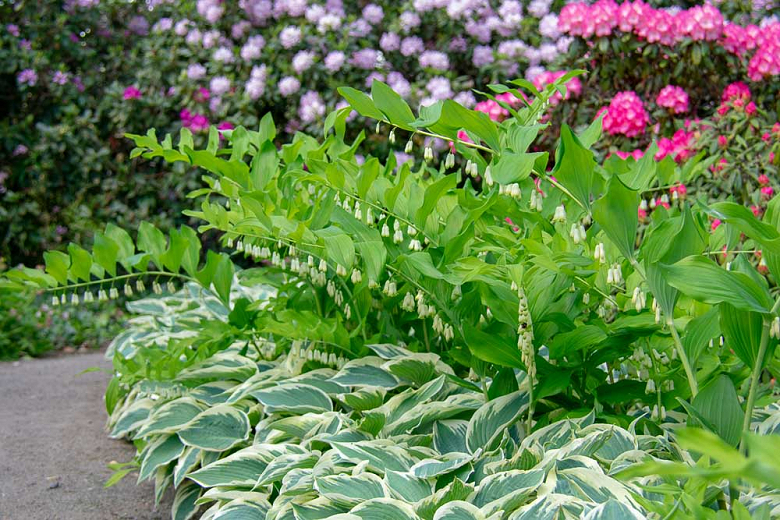
- Lamium. Lamium is another low-growing groundcover that can be used to complement wild geraniums. It has white, pink, or purple flowers and can be deer-resistant.

- Phlox. Phlox is a summer-blooming plant that can add a splash of color to a wild geranium garden. It comes in a variety of colors, including pink, purple, white, and red.
- Turtlehead. Turtlehead is a native North American plant that is known for its unique flower shape. It can grow in full sun or partial shade and attracts butterflies and other pollinators.
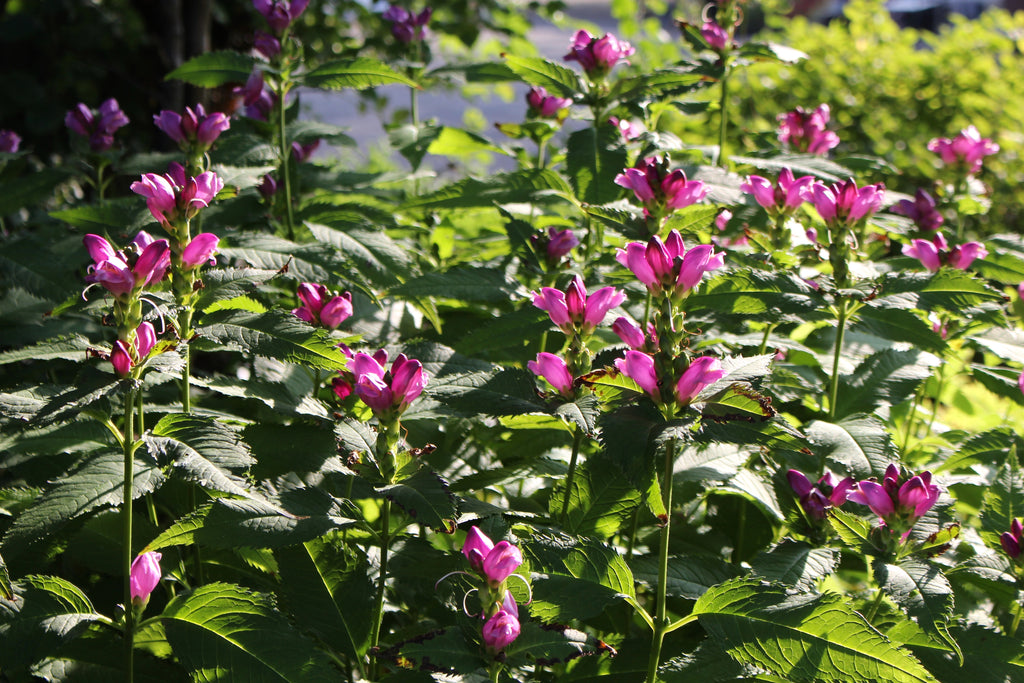
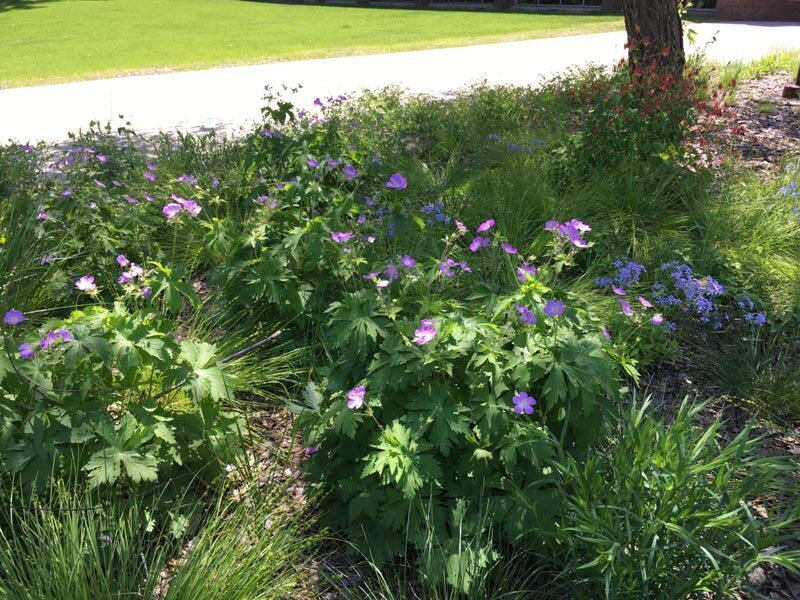
Post a Comment for " Amazing Companion Plants For Wild Geraniums"